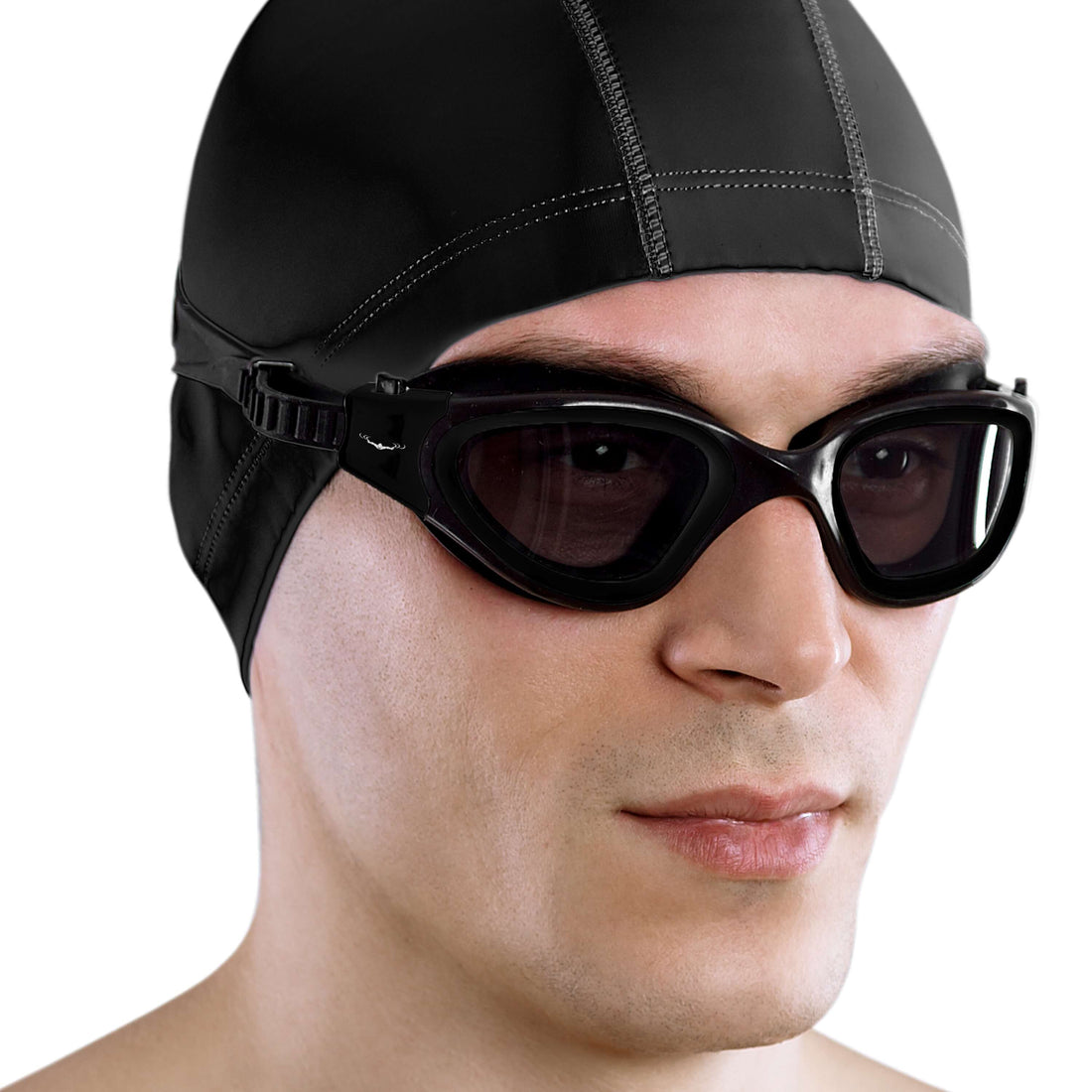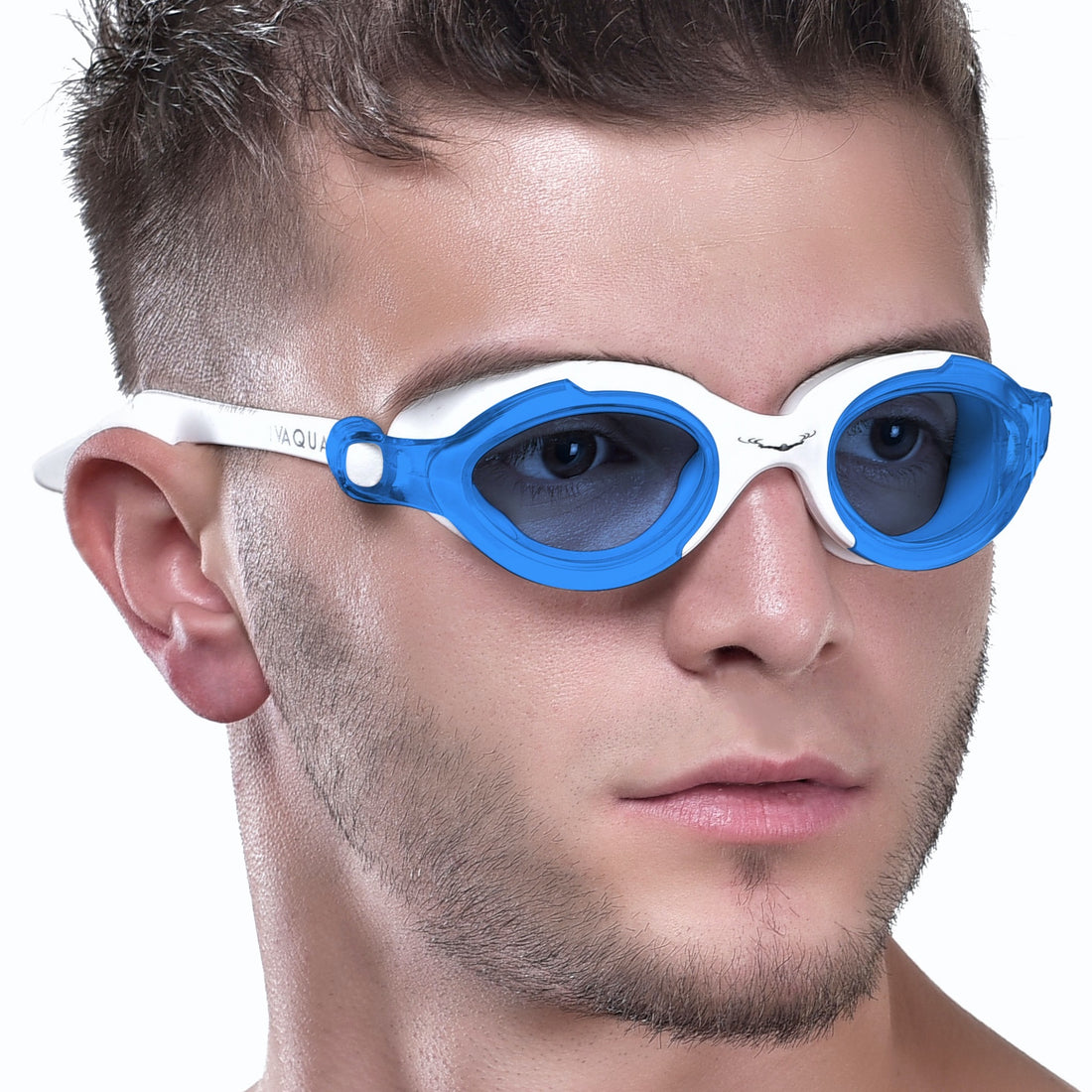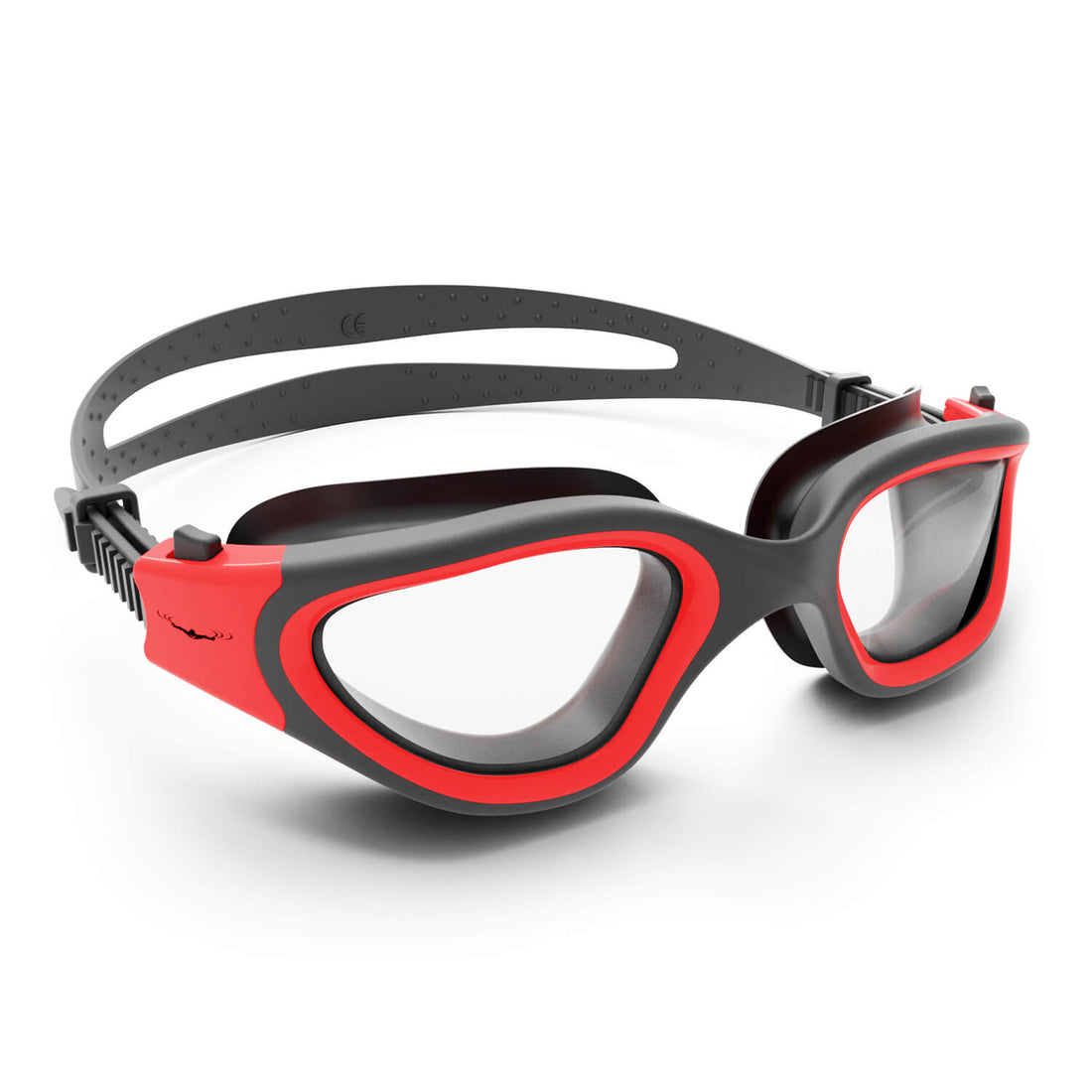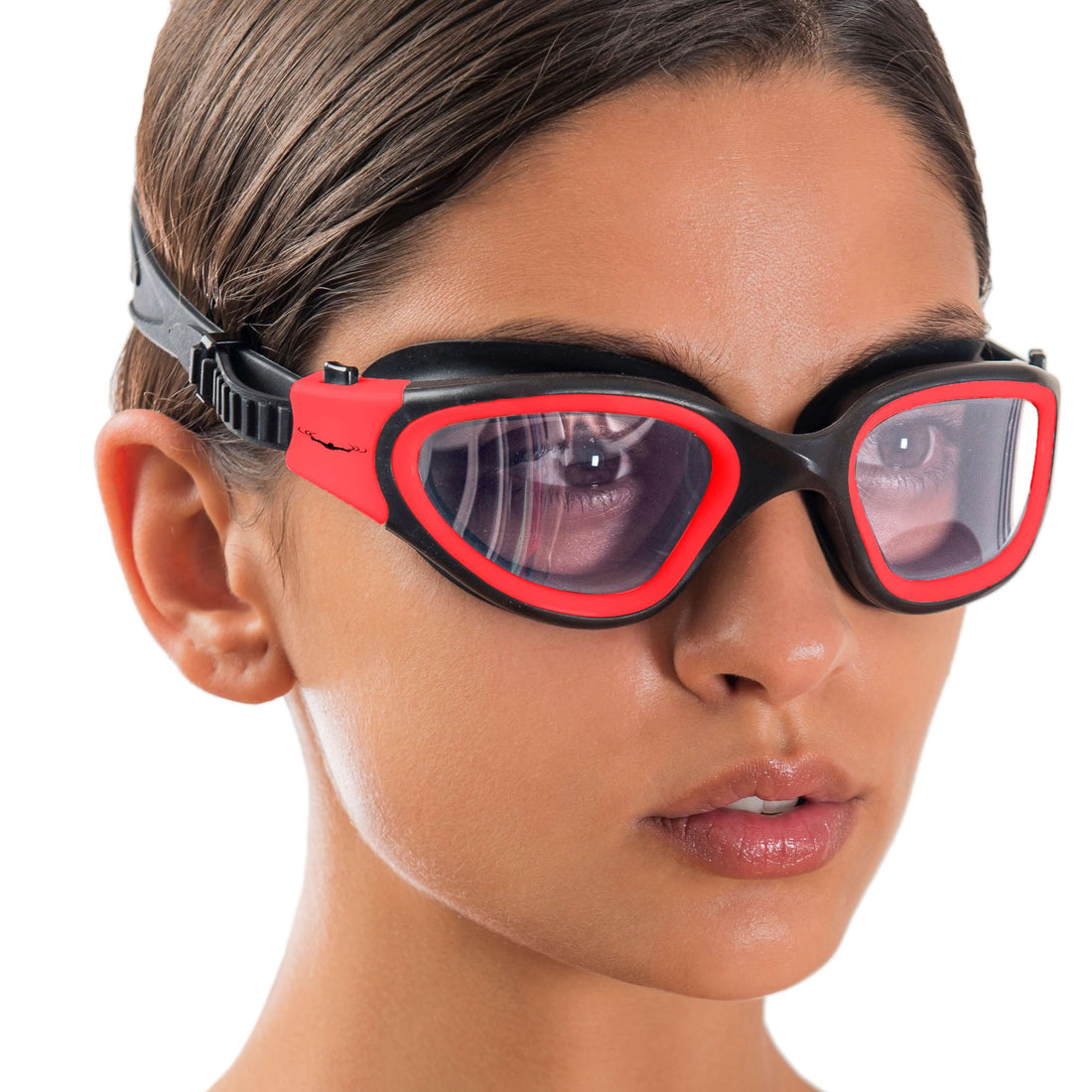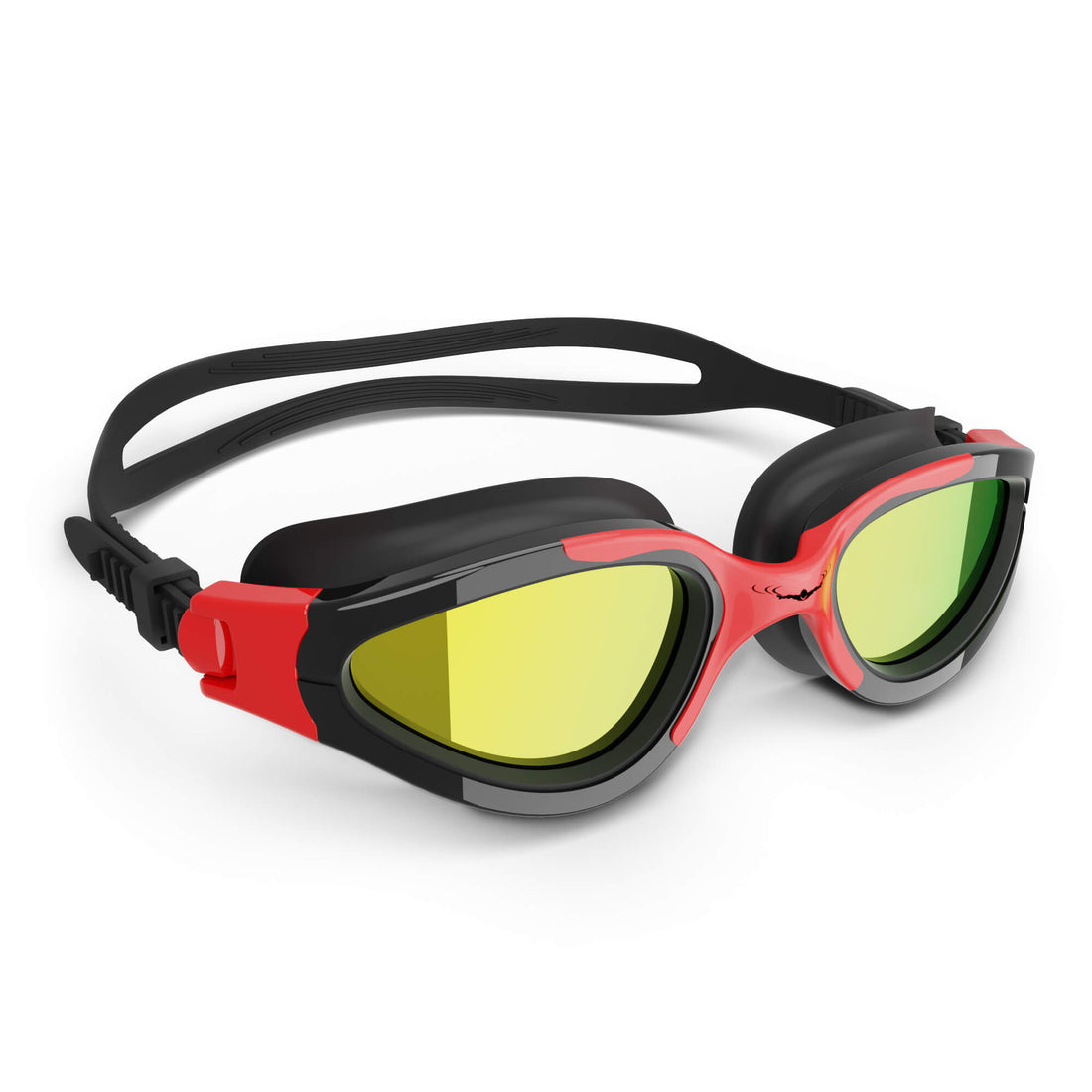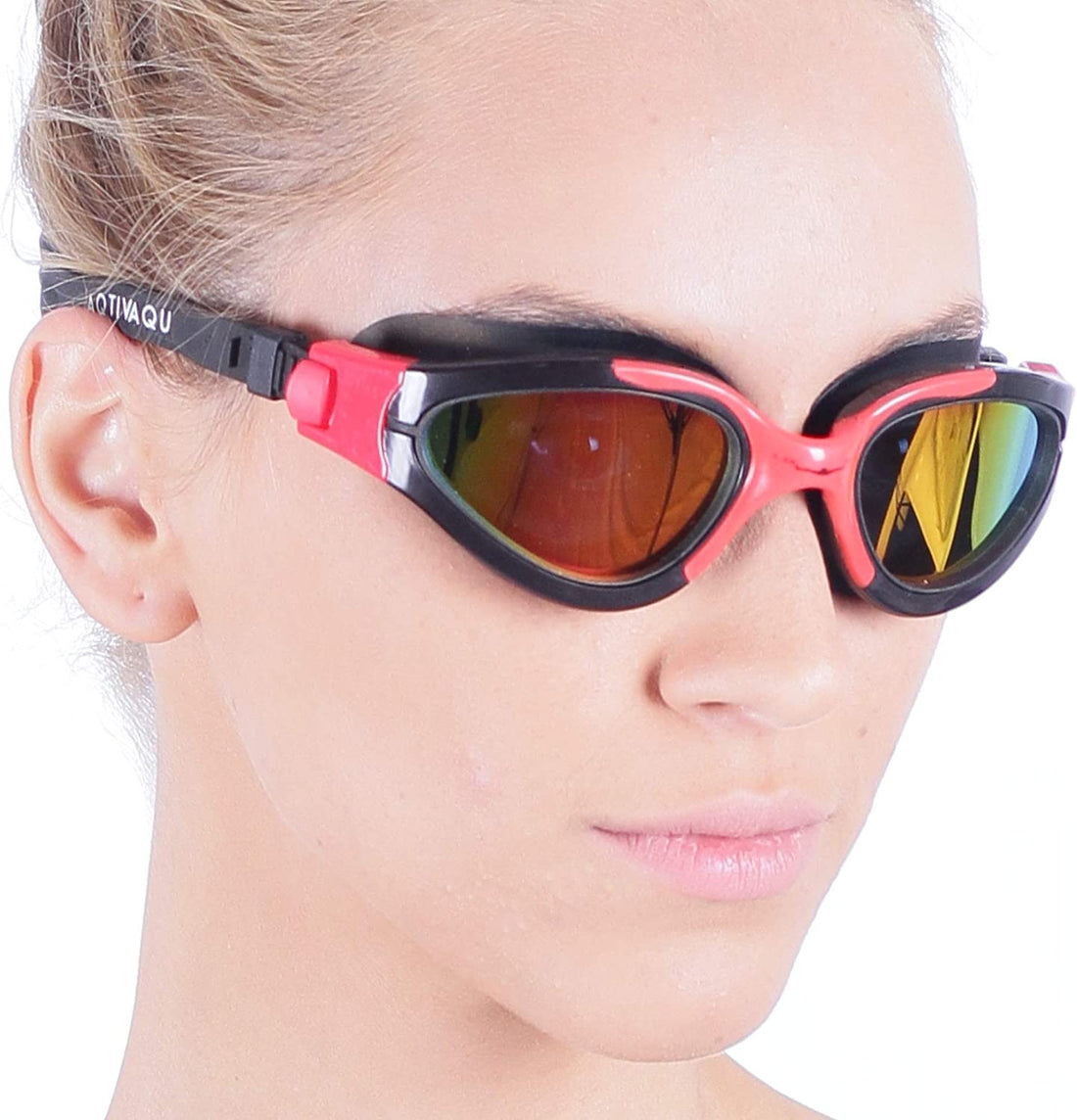Whether you're looking to keep fit, enjoy a new hobby, or prepare for competitions, swimming is an exceptional skill that everyone should learn. This comprehensive guide will help you navigate the essential swimming basics, focusing on equipment, techniques, and safety practices. By the end, you'll be eager to jump into the pool with confidence!
Why Swimming is Beneficial
Swimming is one of the most effective full-body workouts, offering a myriad of benefits, including:
- Low Impact: Swimming is gentle on your joints, making it the perfect exercise for people of all ages.
- Cardiovascular Health: Regular swimming boosts your heart health, improving circulation and endurance.
- Muscle Tone: This water-based activity helps tone muscles and improve strength without heavy weights.
- Mental Well-being: Swimming releases endorphins, which can help reduce stress and improve mood.
Essential Swimming Gear
Before you hit the water, it's essential to equip yourself with the right gear. Here’s a look at the basic swimming equipment you'll need:
1. Swim Caps
One of the crucial pieces of gear is the swim cap. This accessory serves a multiple functions:
- Reduces drag while swimming
- Keeps hair out of your face
- Helps maintain hygiene in public pools
- Protects your hair from chlorine damage
Choosing the right swimming cap is important, and you can opt for materials such as silicone or latex. A spandex swim cap can provide some stretch and comfort, especially for beginners.
2. Swim Goggles
Swimming goggles not only help you see underwater but also protect your eyes from chlorine irritation. Here’s what to look for in swim goggles:
- Comfortable fit with adjustable straps
- Anti-fog and UV protection coatings
- Lightweight materials that stay secure while swimming
Make sure you find a pair that fits well and allows you to focus on your strokes without worrying about your vision.
3. Swim Ear Bands
Swim ear bands are an excellent accessory for those who are prone to water getting trapped in their ears. They help create a seal around the ears, preventing discomfort and potential infections. If you're someone who spends a lot of time in the water, this is a great investment!
Finding the Right Swimming Technique
Once you’re equipped with the necessary gear, it's time to learn some essential swimming techniques. Familiarizing yourself with the basics will boost your confidence and help improve your overall performance.
1. Floating
Learning how to float is fundamental for beginners. It allows you to feel comfortable in the water and is a vital skill for safety. Here are a few tips for floating:
- Lay on your back or stomach, keeping your body as flat as possible.
- Fill your lungs with air to help you stay buoyant.
- Relax your limbs and allow your body to drift.
2. Breathing Techniques
Proper breathing is crucial in swimming. It helps you to maintain energy and stay afloat. Practice inhaling through your mouth while your head is above water and exhaling through your nose when your head is submerged. Here are three methods:
- For freestyle, it’s essential to turn your head to the side while breathing.
- In breaststroke, lift your head to take a quick breath while completing the stroke.
- For backstroke, simply look up and keep your mouth closed to breathe freely.
3. Basic Strokes
Let’s explore some common swimming strokes that every beginner should know.
- Freestyle (Front Crawl): The fastest stroke, characterized by alternating arm movements and a flutter kick.
- Breaststroke: Involves a frog-like kick and simultaneous arm movement, ideal for beginners.
- Backstroke: A relaxing stroke where you float on your back, using an alternating arm stroke and a flutter kick.
Safety First: Essential Swimming Tips
As exciting as swimming can be, safety should always come first. Below are some critical safety tips to keep in mind:
1. Always Swim with a Buddy
Swimming in pairs or groups is advisable, so someone is always watching out for you. If you’re a beginner, having a more experienced swimmer can provide guidance and reassurance.
2. Learn to Float and Tread Water
Before diving into more complex strokes, mastering floating and treading water is essential for self-preservation. These two skills can help you stay afloat if you ever find yourself out of your depth.
3. Know Your Limits
Don’t push yourself too hard. Start with short sessions and gradually increase the duration as you build your confidence and endurance.
4. Respect Pool Rules
Following pool rules ensures everyone's safety and enjoyment. Be mindful of designated swimming areas, depth markers, and lane usability.
The Benefits of Swimming Lessons
While it’s possible to learn swimming independently, enrolling in swimming lessons can provide structured guidance. Qualified instructors can offer valuable tips and techniques, helping you avoid common pitfalls. They can also help reinforce safety practices, ensuring you swim with confidence and skill.
1. Personalized Instruction
If you're struggling with specific strokes or techniques, having an instructor can offer personalized instruction tailored to your swimming level.
2. Build Confidence
Through structured lessons, you’ll gradually become more comfortable with water, which will significantly build your confidence over time.
3. Team Environments
Many swimming classes foster a fun team atmosphere. You'll meet other beginners, encouraging each other and maybe making some new friends along the way!
Maintaining Your Swimming Gear
To ensure your swimming equipment lasts and performs well, consider these maintenance tips:
1. Swim Caps Care
After each swim, rinse your swim caps in fresh water to remove chlorine. Air dry them away from direct sun to prevent deterioration.
2. Swim Goggles Maintenance
To keep your swimming goggles clear and functional, rinse them after use. Store them in a protective case, and avoid touching the inside of the lenses to prevent smudging.
3. Clean Your Swim Ear Bands
To maintain hygiene, soak your swim ear bands in a mild soapy solution after use and rinse thoroughly to prolong their life.
Embrace the Swimming Journey!
Swimming is not just an exciting sport—it's an essential life skill that opens up opportunities to enjoy the water. Whether you're swimming laps for fitness, relaxation, or competition, following these fundamentals will set you on the path to success. Equip yourself with the right gear, practice regularly, and prioritize safety as you continue your swimming journey. Dive in, and let the water embrace you!




